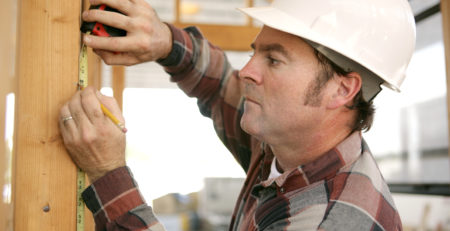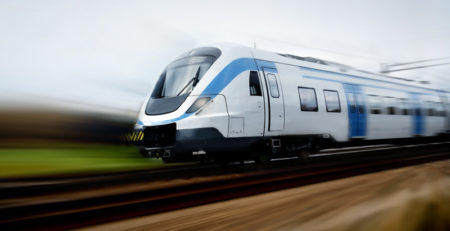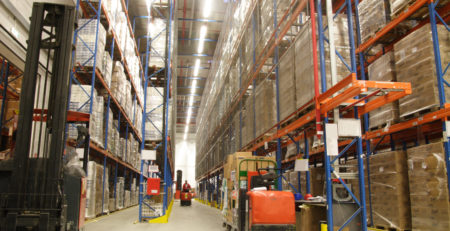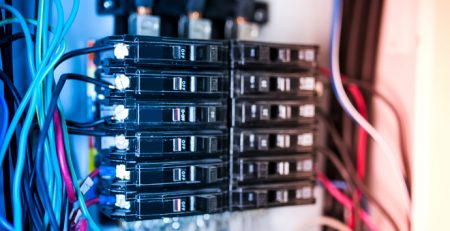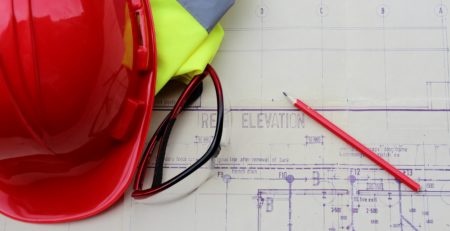Why Are Robots Used for Packaging Applications?
Packaging is one of the most reputable robotic applications in food production. The unchanging nature of products in the packaging step makes it easier to automate these tasks compared to prior tasks in the production line.
Packaging challenges facing manufacturers today call for multifaceted solutions. Increasingly manufacturing tasks in FMCG (fast-moving consumer goods) are driven by customer demands for aspects such as faster dispatch times and more customization.
Robotic technology has evolved to meet these demands with more and more complex uses. When they were first built, mechanical robots were mainly used for more straightforward errands like lifting massive loads.
Today, they can be used as packaging robots for palletizing, de-panning, de-nesting, and warehousing. But, first, let’s look at why robots are used for packaging applications as well as the packaging tasks they are expected to implement.
The Reasons Why Robots Are Used for Packaging Applications Include:
Greater Overall Flexibility
Mechanization is usually the best solution for tasks with a low blend of high-volume items since constant changeovers don’t slow down production. However, robots are also ideal for the flexibility of running a mix of items and packaging items in smaller sizes.
For instance, generating kits with several items is widespread use of robots in the medical field. The robots will generate and package the kits for hours nonstop and confirm that each kit has the precise components.
Robots can also handle items of odd shapes during packaging. With their articulated arms, robots can lift products of any shape and size and package them in boxes and move them to a warehouse if they are tasked to do that.
Decreased Labor Costs
Robots with a high rate of productivity and suitable ROI (return on investment) can perform manual and tedious tasks in packaging such as pick and place, case packing, and palletizing. Other benefits of robots in packaging include traceability and guaranteed quality.
The cost of purchasing robots has been on a downward trend, so activities such as packaging, which before only made sense when done by manual operators, can now be assigned to robots.
Improved Yield with Less Wastage
Robots are precise, dependable, and dynamic, making them appropriate to be used in tasks such as assembly and end-of-line packaging. In addition, some robots come fitted with vision systems that enabled them to execute packaging applications such as pick and place properly.
In a shared working environment robots can work alongside manual operators. For instance, a SCARA robot can pick and place produced components, and the skilled manual operator will fasten the part on a pallet. So, rather than eliminating manual operators, robots take up the more strenuous tasks and leave the simple ones to manual operators.
Economical Use of Production Floor Space
With floor space at a minimum in some production facilities, robots can be built in such a way that they occupy a smaller floor area regardless of their size. For instance, the robot can be attached to a rail and move along a tapered space to various workstations.
Robots can be mounted straight or upside down above a workstation. Various combinations can be assorted and coordinated to create an exclusive footprint solution. With new sensing tech, robots are being built smaller to reduce the working envelope of the machine.
It’s now possible to use a robot for more than one application. For instance, rather than having a palletizing robot only, you can easily have a robot that can do case packing, palletizing, and warehousing in the same small floor space.
Scalable Production
Robots allow you to quickly and cost-effectively scale operations up or down by adding or reassigning machines. In addition, the smaller working envelopes and various mounting options make it easy to add several robots to increase operations within the existing floor space.
For instance, adding Delta robots to pick and place tasks can lead to a massive increase in yield. In other applications, articulated arm robots can be positioned on the production line and used when production is at its peak. This gives a manufacturing facility seasonal or rapid response capabilities if need be.
Robot Applications in The Packaging Include:
Pick and Place
Processed foods are often identical in shape and size in food production, making them easy to move using robotic grippers. However, mechanical food processing robots often generate products that are randomly distributed.
Robots are a ubiquitous solution for packing randomly placed items. With a single movement, the robot can isolate, align and place a product. The alternative would be to use fixturing, which is not flexible to changes in items and can take up a lot of floor space.
Palletizing
End-of-line packaging includes taking boxes of produced items and preparing them for freight by placing them on pallets. In the food and beverage industry, palletizing is a very widespread robotic application.
Since palletizing is quite a strenuous task having robots perform this task is of particular benefit to manufacturing companies because it lessens the risk of manual operators getting injured.
Warehousing
Moving fully loaded pallets with ease can offer a competitive advantage to warehousing facilities. In particular, industries such as food and beverage benefit massively from the competence, speed, and security of mechanized warehousing.
De-panning
If you have baked pastries at home, you understand that removing the pastries from the pans can be a very daunting task. So for mass-produced pastries typically baked in large pans, robots can be the ideal solution to eject the pastries from the pans for primary packaging.
Automated de-panning typically involves picking up an entire tray of baked goods and using a dedicated de-panning component. Then, each pastry is clenched using small pins so that it can be ejected from the pan.
Denesting
Denesting is the process of ejecting an unoccupied stack from a pile. This process usually is done using robots whereby the de-nesting robot removes the stack from a pile, and the same machine places finished goods on the stack.
Final Thought
All in all, the overall benefits of using robots for packaging applications are apparent, as illustrated above. Deploying robots for packaging will boost yield and lessen the chances of personnel getting injured. This will free them up to be used in other areas of production.



